Copying an angle
Copying an angle or constructing an angle congruent to a given angle using only a straightedge and a compass is what I will show you here. I will show you the steps to copy an acute angle. The steps are still the same when the angle is right or obtuse.
Therefore, study the steps outlined here carefully and you will be able to copy any angle.
Copy Angle A shown below:
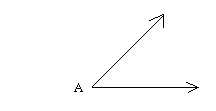
Draw a ray and call the endpoint B.
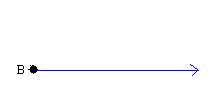
Step 2: Now go back to the angle you are copying. Then, place the needle of the compass at the vertex of angle A. While keeping the needle of the compass at vertex A, open the compass to a certain distance and draw an arc of any size. We show the arc drawn in blue.
Notice that you can open the compass to any distance that you like. Just make sure that the distance you open the compass is not so big that when you draw the arc, it will not intersect the rays.
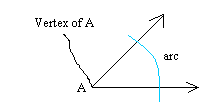
After that, still keeping the opening of the compass the same distance, go to the segment that you drew earlier. Then, place the needle of the compass at vertex B and draw an arc that will touch the ray at point C for instance.
While doing step 2, you got to make sure the opening of the compass does not become smaller or bigger while drawing the arc. If you do not do this, you will end up copying the angle incorrectly.
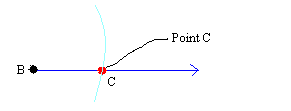
Step 3:
Now, notice the blue segment in the following figure. Use your compass to measure the length of this segment shown in blue.
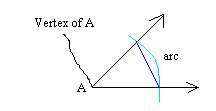
Then, still keeping the distance the same, place the needle of the compass at point C and draw an arc that will intersect the other arc that passes through C. Call the point the two arc intersects D.
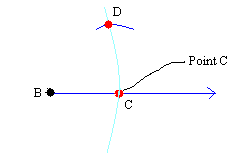
Step 4
Draw a line between points B and D and you are done!
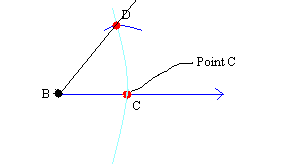
Copying an angle that is bigger than 90 degrees on your own
Activity
1. Get a piece of paper, a ruler, and a compass.
2. Draw an obtuse angle or an angle that is bigger than 90 degrees. Do you not remember what an obtuse angle look like? Check the lesson about types of angles.
3. Using the steps outlined above, copy the obtuse angle you drew in step 2.